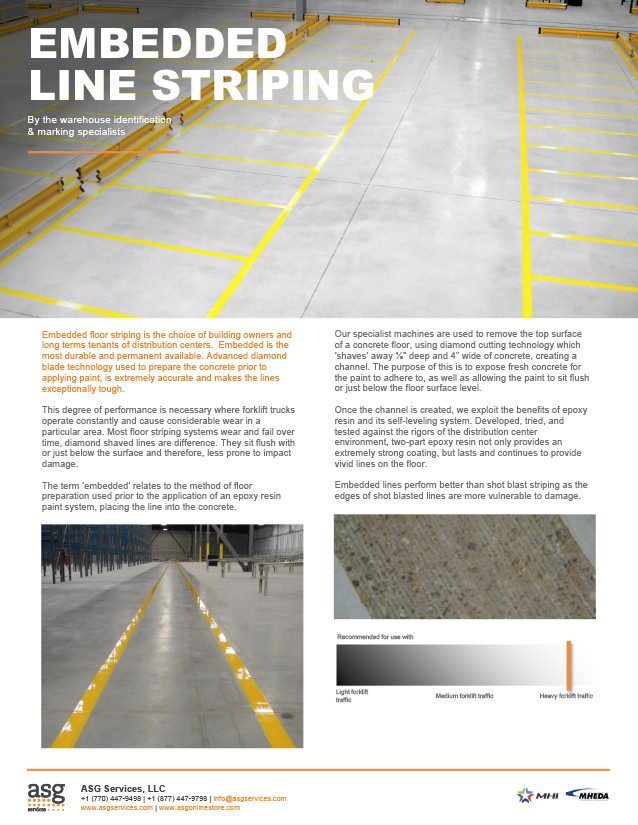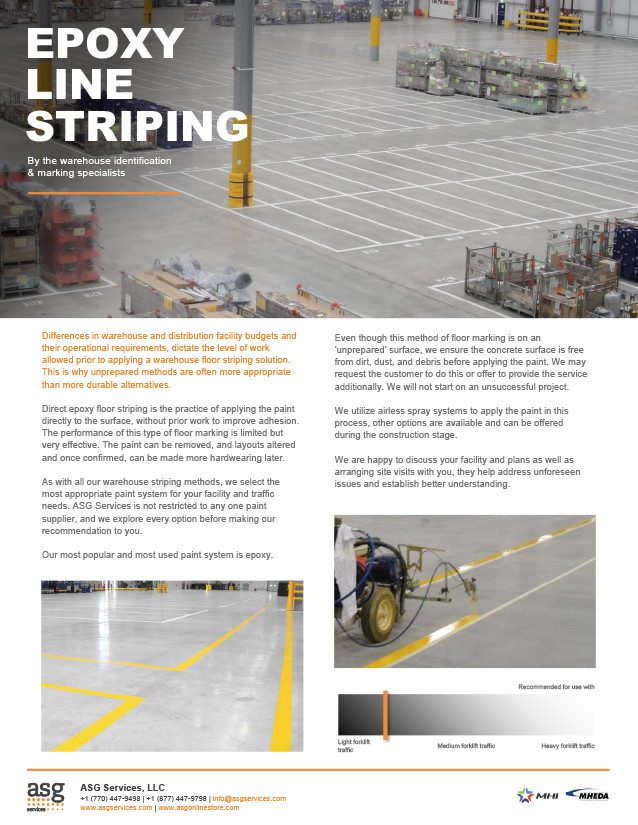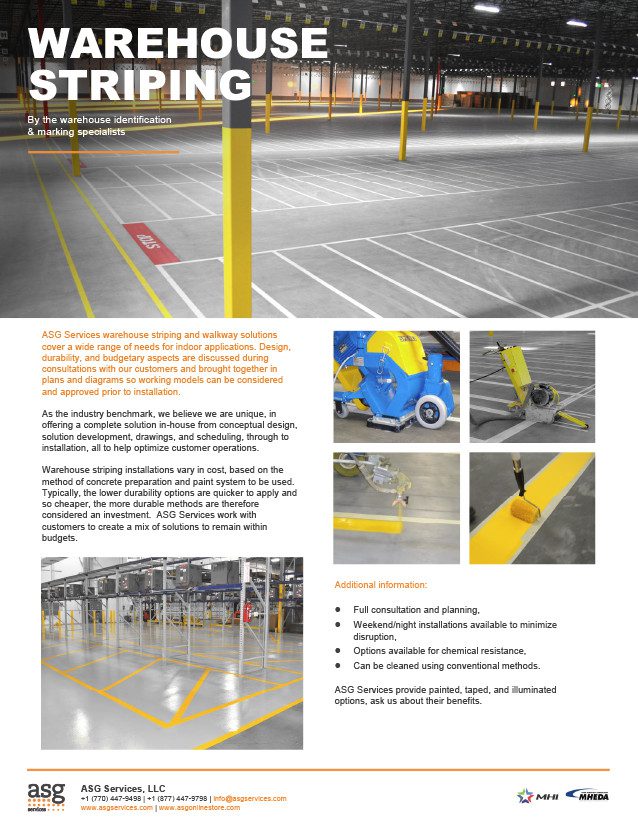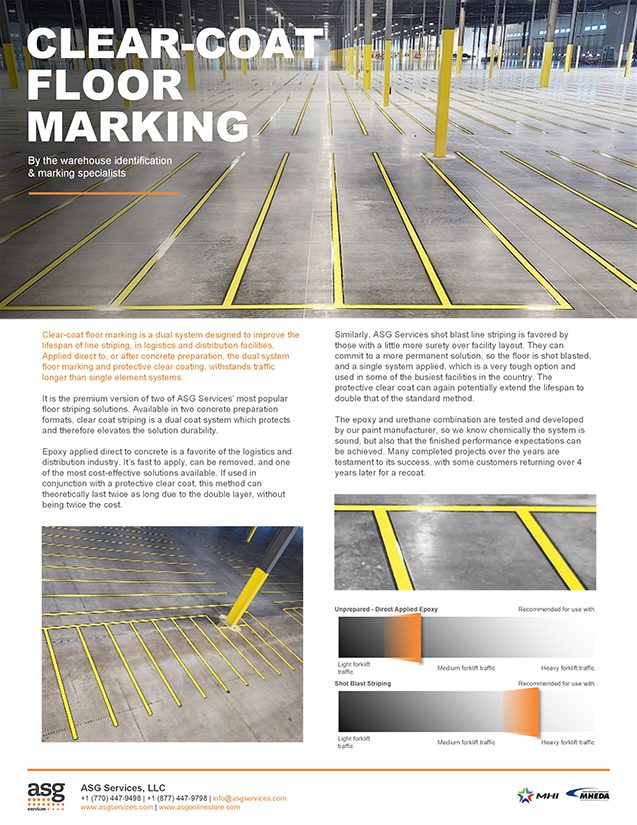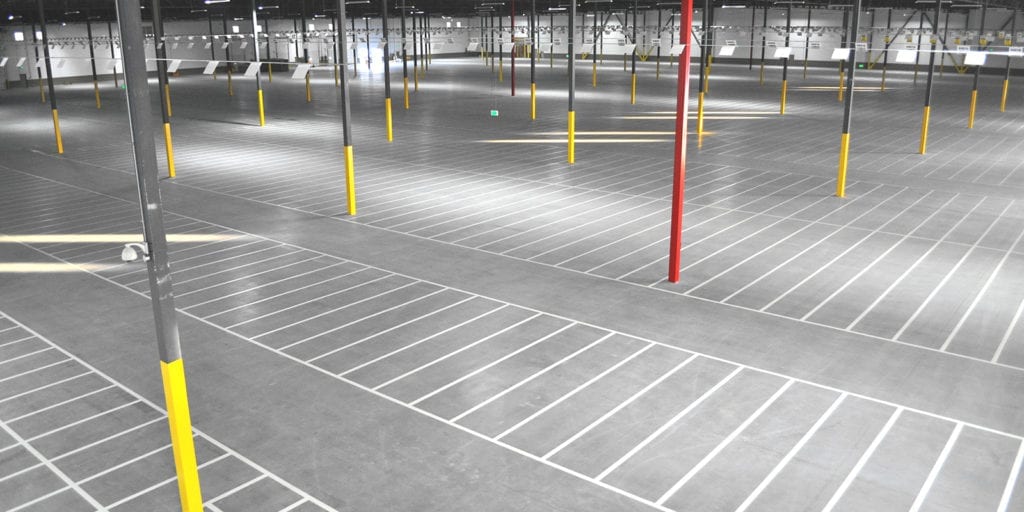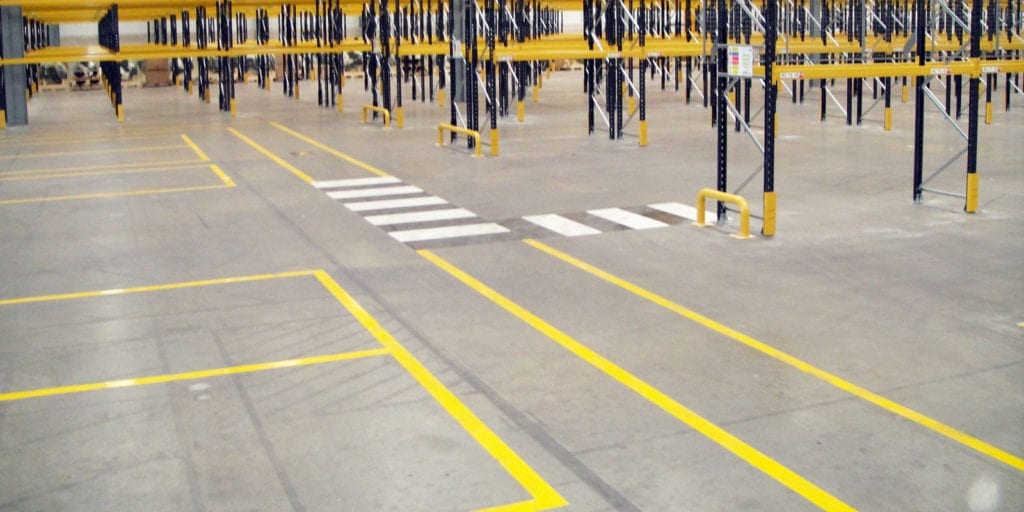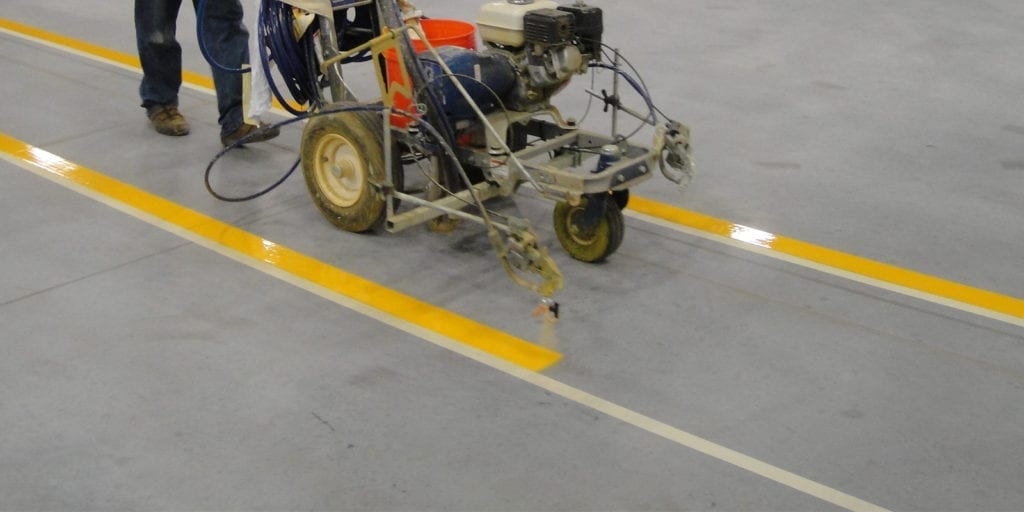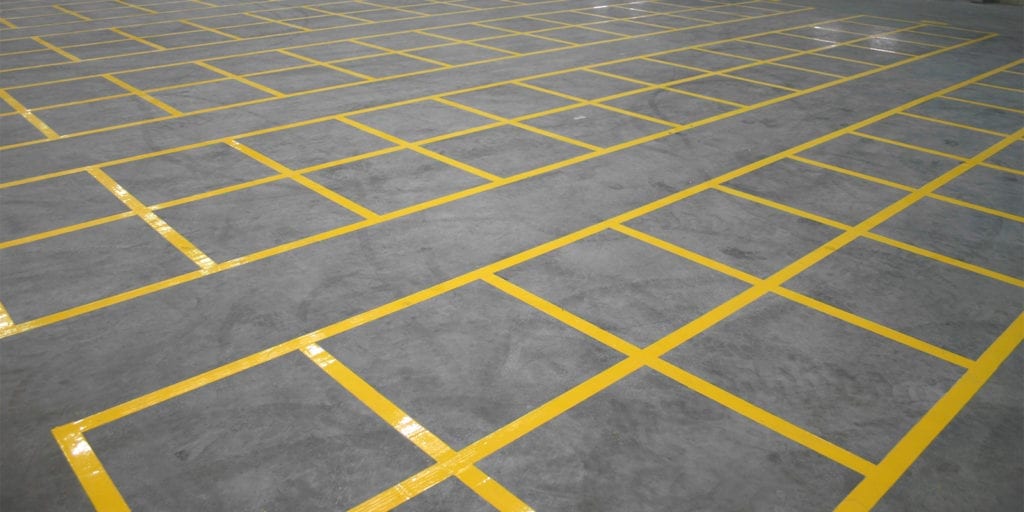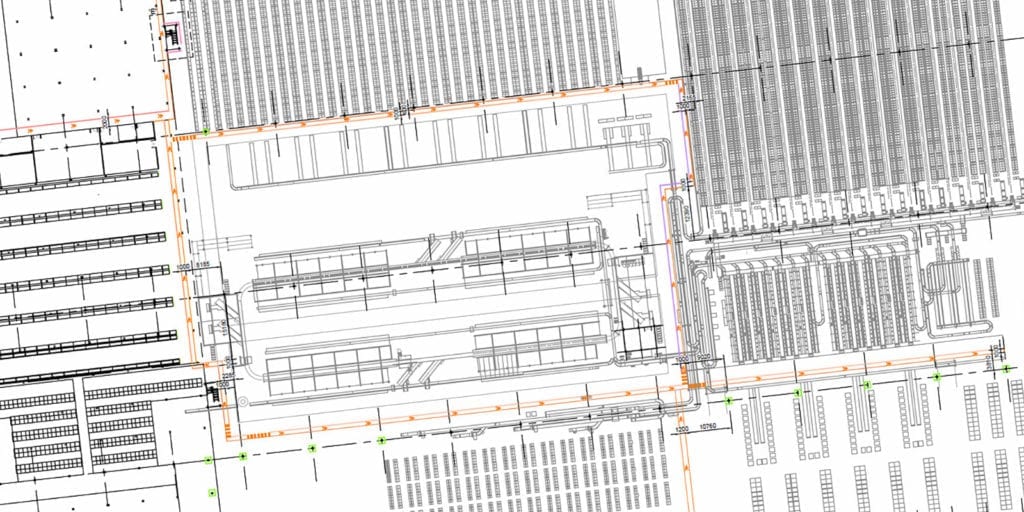
Striping
Line Striping Drawings
Our warehouse line striping projects are typically the largest happening in the USA at onetime, and as such we place preparation work at the top of our priority list.
Providing striping solutions throughout the US.
Customers have predetermined layouts before contacting ASG Services and most often present line striping drawings which depict positioning, dimensions and intricate detail, required for their distribution facility. These are frequently presented as computer-aided design (CAD) drawings which our project management teams can work with to present areas scheduled for the warehouse line striping team to follow on site.
Occasionally ASG’s project management teams are required to create more detailed drawings from discussions and basic drawings received from the customer. These are generally not to scale and may not contain intricate detail, however they do provide a formal basis for our estimation team to provide prices on and for the installation team to work with.
All final drawings receive sign-off from the customer before ASG’s installation teams start any work. We understand changes may be required during the installation. However, we always get official customer approval first.
You can discuss your requirements on warehouse line striping drawings, request pricing and installation dates by speaking to the specialists at our office.
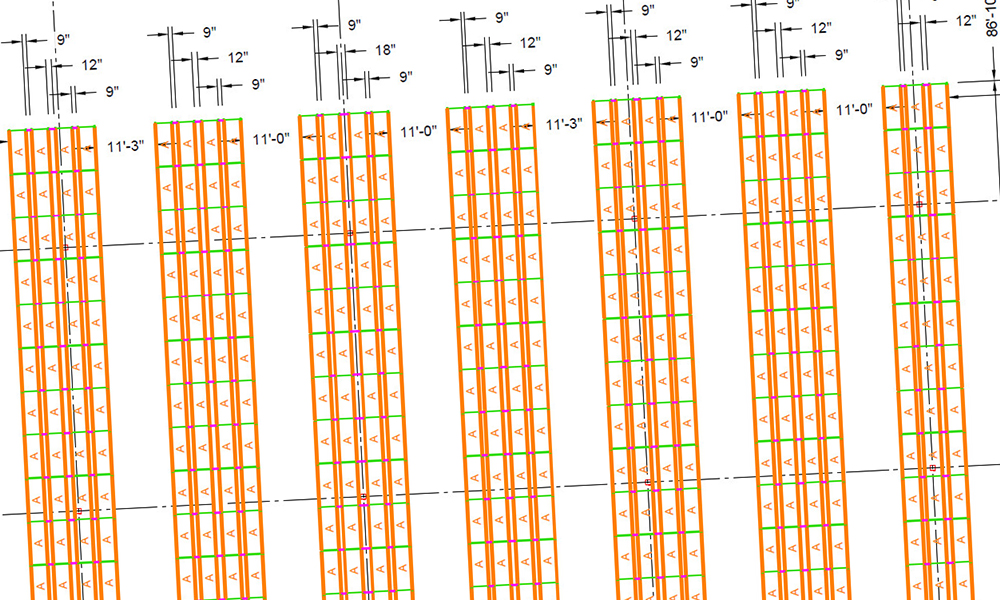
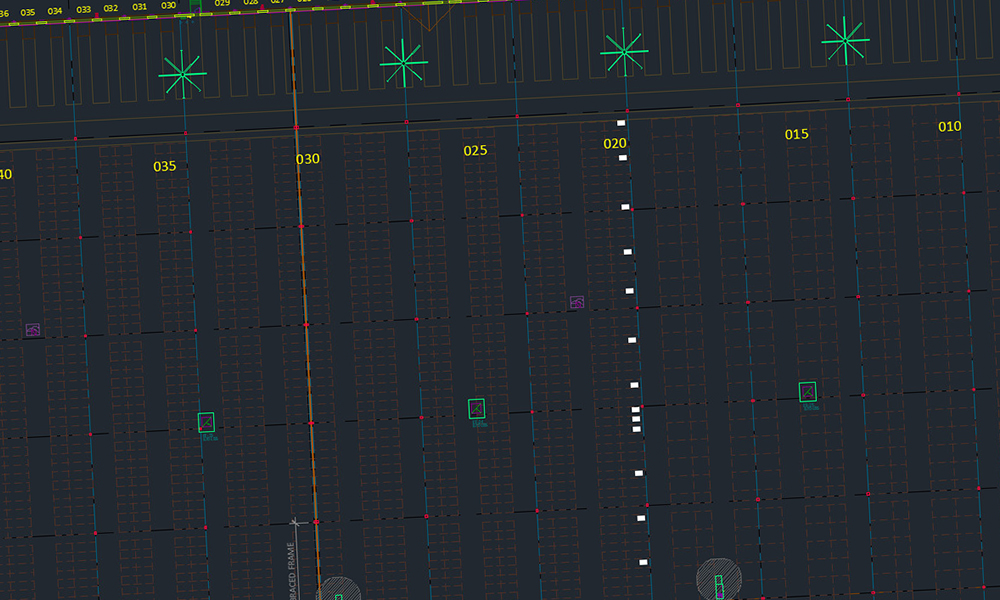
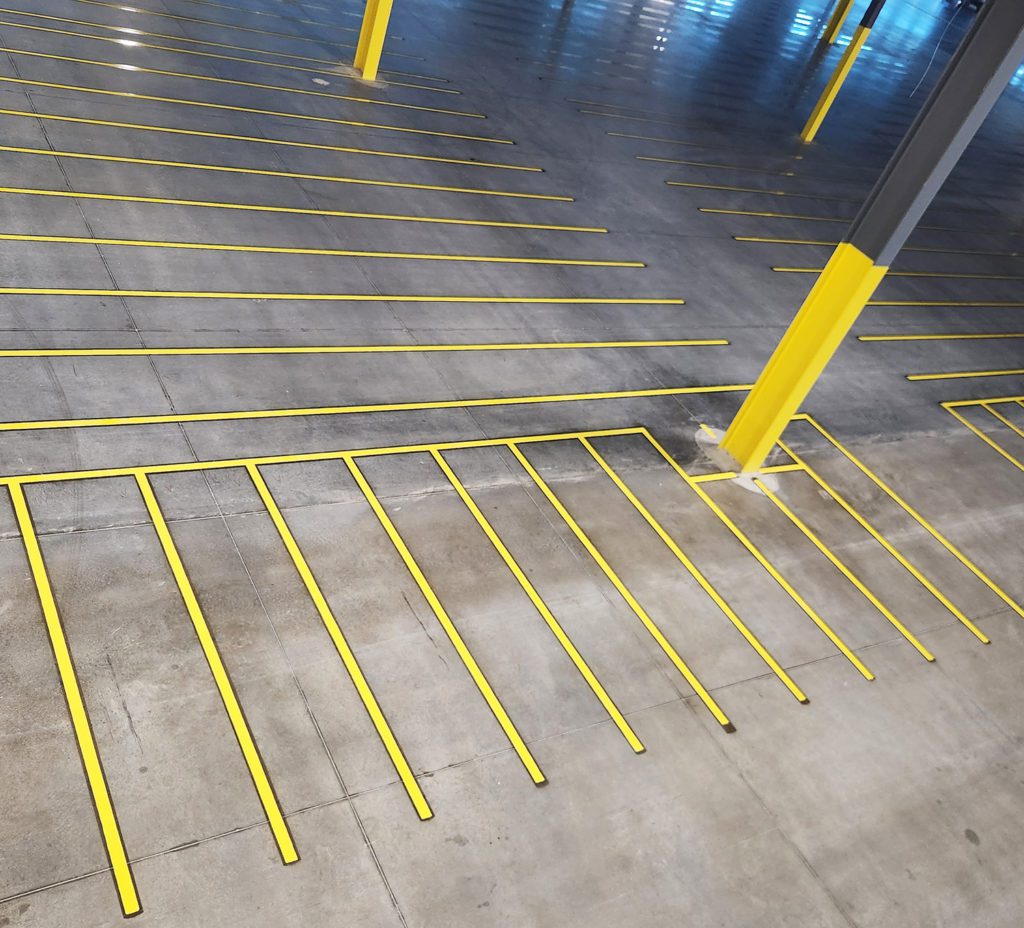
Services
Striping Installation Projects.
Along with rack labels, location signs, and other warehouse signage, our project teams manage striping installation services throughout the US. Our standards of performance and durability set industry benchmarks which are reassuring for customers.
The level of accuracy, speed of application, and quality control which our employees are trained to, are unique. The real benefit is they are employed by ASG Services, which brings much better control.
You can read more here, about our striping installation projects.
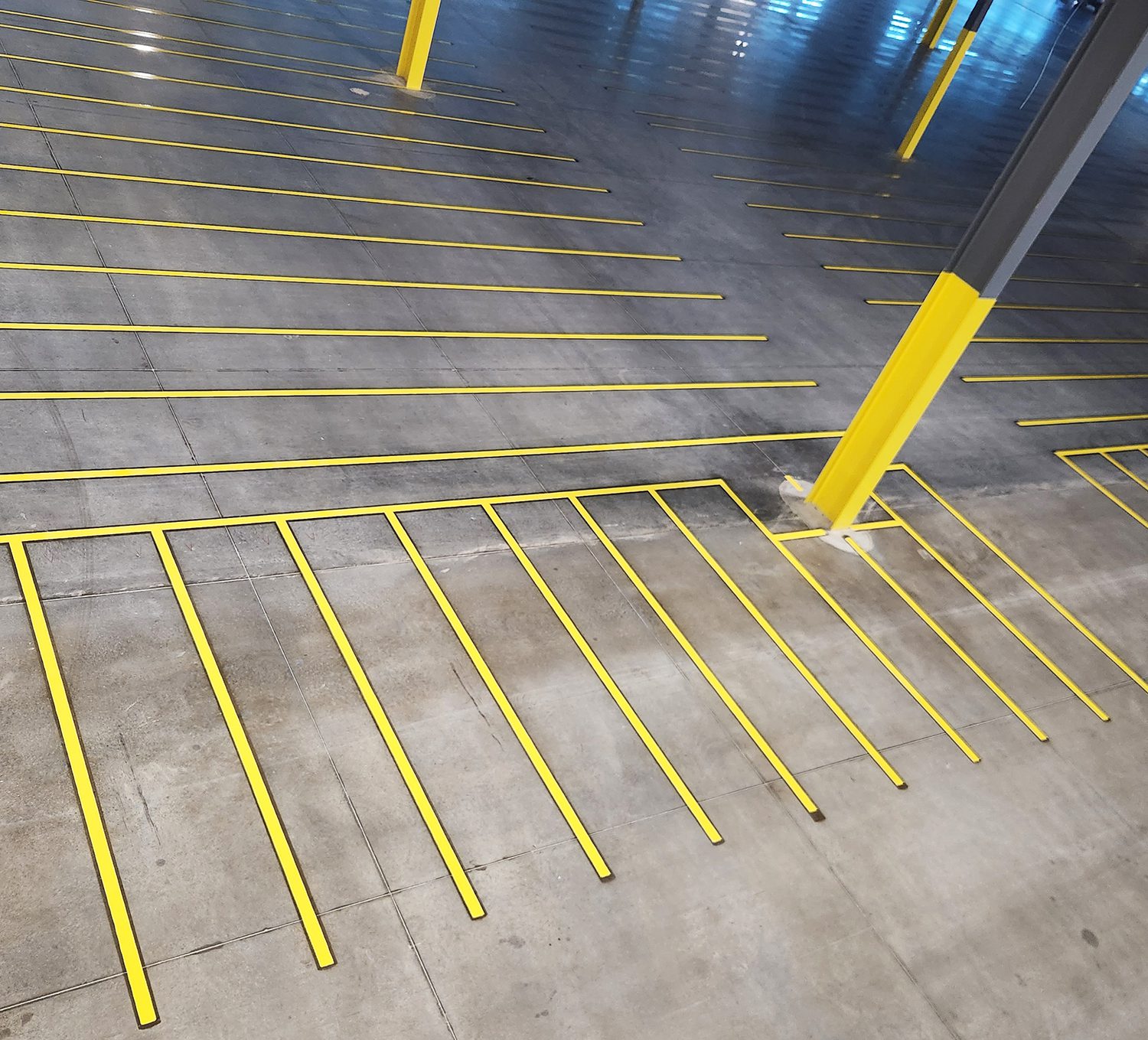
Resources & Takeaways
Downloads
Our Client List Keeps Growing!


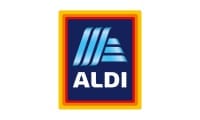

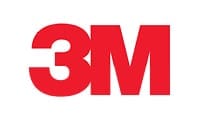
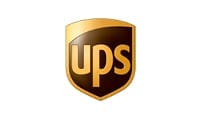



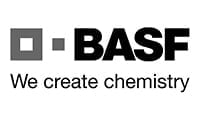
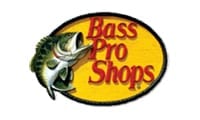


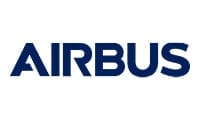

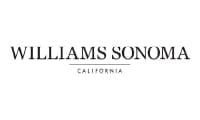

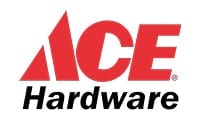
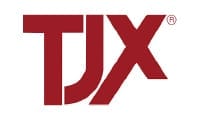
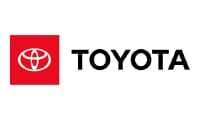

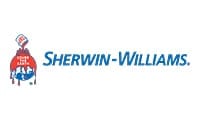
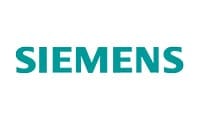
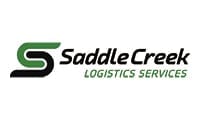



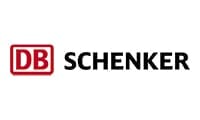
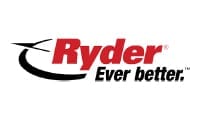
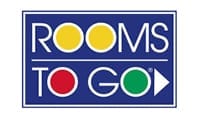
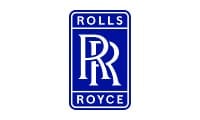
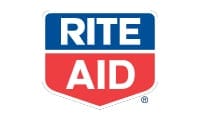





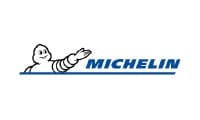

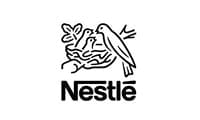
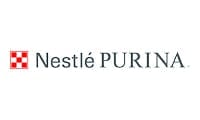
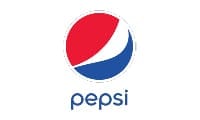
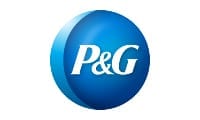
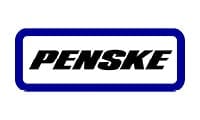
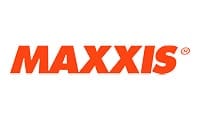
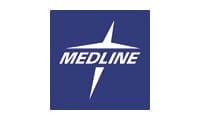



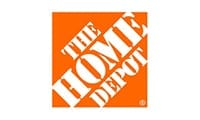
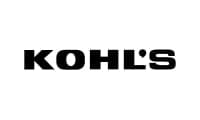

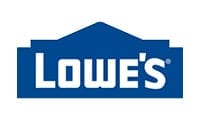
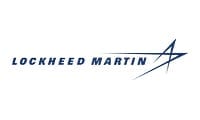
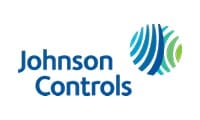

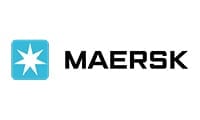
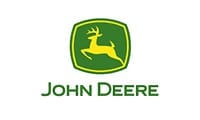
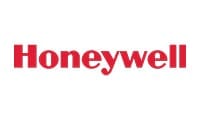


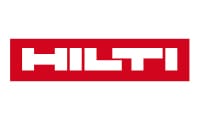
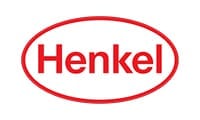

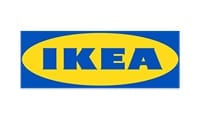
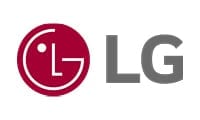
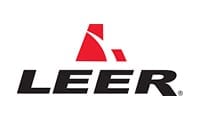
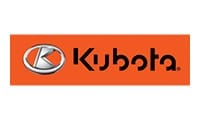
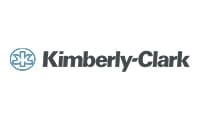

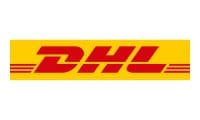


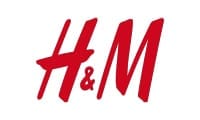
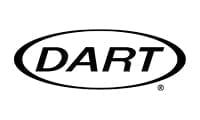
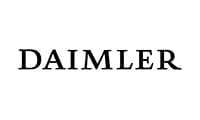


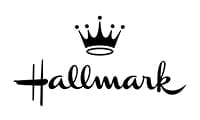
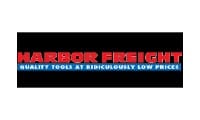


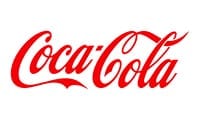


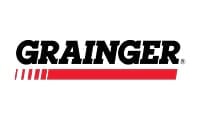
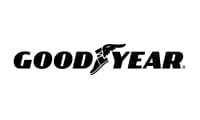

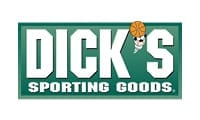
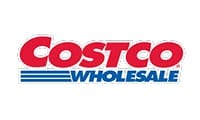
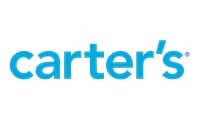
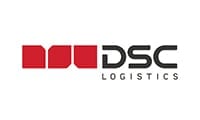
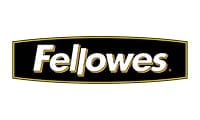


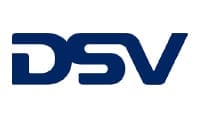
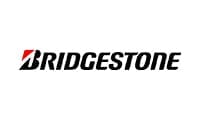

Help & Advice
Frequently Asked Questions
What floor marking dimensions are typical in warehouses?
The most common dimensions are in walkway widths (4ft), pallet lane widths (pallet type dependent plus the line width) and line widths (4”), but every facility is different and may need custom sizes.
OSHA provides the following:
“The lines used to delineate the aisles may be any color so long as they clearly define the area considered as aisle space. The lines may be composed of dots, square, strip or continuous, but they too must define the aisle area.
The recommended width of aisle markings varies from 2 inches to 6 inches; therefore, any width 2 inches or more is considered acceptable.
The recommended width of aisles is at least 3 feet wider than the largest equipment to be utilized, or a minimum of 4 feet.”
Standard Number: 1910.22(b) – Compliance with Aisle Markings (Part 1910.22(b)) – [Corrected April 17, 2009] – Read Compliance with Aisle Markings.
Will I need to give you a drawing? How detailed should it be?
For the most accurate price and planning, it is best to give us as much as possible, having a drawing helps you visualize and us to plan and quote. CAD are easiest as we can use them to pull measurements from, while PDF with measurements added is another great way to provide us with the information.
However, this is not essential, we can help with basic depictions or arrange for a partner firm to visit site and create a much more detailed drawing, contact us for pricing.
I want to change parts of the layout, what will I need to do?
During the installation, our team on site can relay any updates or requests to the project team or support you with ideas and possibilities. They are experienced with this situation and will work with you to achieve the preferred outcome. Our project and sales team will work remotely on re-planning, pricing and scheduling to maintain professional control.
After installation, again just let us know. We can remove, cover up and install most products during installation, and schedule for a return visit for amendments or additions.
Do line widths matter?
Line widths are not critical, but there are several considerations to make, some are as follows:
- OSHA considers lines of 2 inches and greater to be acceptable to provide floor markings for aisles and passageways.
- Narrow lines become more difficult to see inside buildings.
- Four-inch-wide lines are standard through the logistics and distribution industry.
- Narrow lines wear out quicker as there is less paint on the floor.
- Very wide lines may need an anti-slip aggregate finish applied where moisture is present.
Other considerations:
- A more visible marking on the floor draws more attention and so heightens safety.
- The layout measurements must include line widths to ensure a pallet fits within the markings. Pallets on markings can damage the line.
- A narrow line needs less material, so it is cheaper.
Case Studies
We’ve helped hundreds of companies
Case studies from some of our customers who are improving their warehouses.
We know some customers need a fast solution. Shop now for reliable, high-quality adhesive floor tape products crafted for trusted durability.
Find more…
Contact us and discover how we can help.

